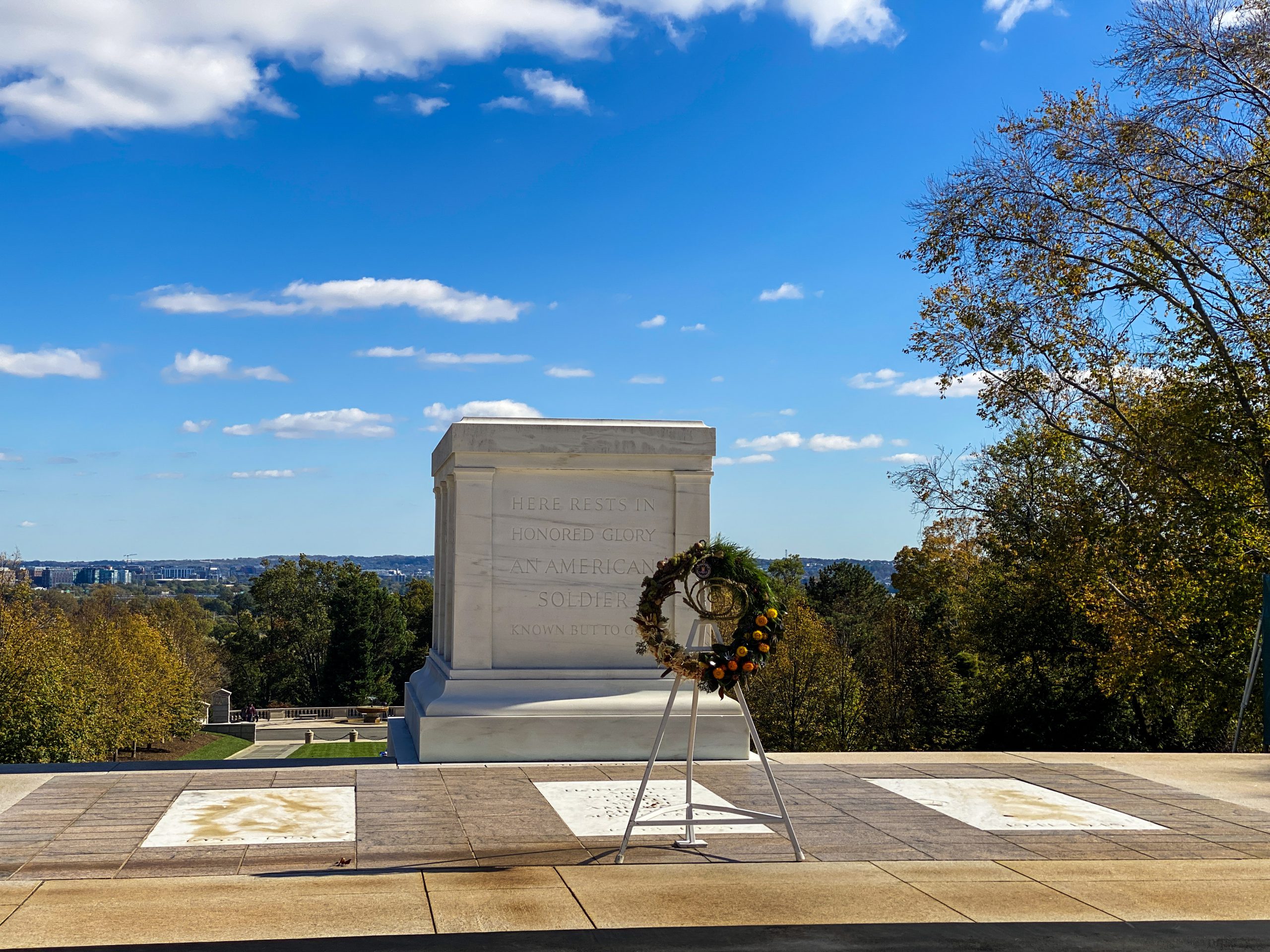Indianz.Com > News > Tim Giago: Thanking Native veterans for their service

Notes from Indian Country
Thank you for your service
Monday, May 31, 2021
Perhaps because it is the Memorial Day weekend, this morning I woke up with the bugle call of “reveille” in my mind.
And then I heard the sound of the Boatswain Mate’s whistle echoing through the address system on the ship. “Reveille, Reveille, up all hands. Heave out, trice up. The smoking lamp is lighted in all authorized spaces.”
Reveille and taps were the two bugle calls that introduced us to our lives in the military. Reveille to wake us up and taps to put us to sleep. But taps was also the mournful bugle call we heard at the funerals of our fallen comrades.
It took me back to a time when we were marching in a driving rain on the grinders of the United States Navy Recruit Depot in San Diego. That early winter of 1952 it rained and it rained. Most of the guys in my company wore out at least two pair of boots in the 3 months we marched in that rain.

Contact Tim Giago at najournalist1@gmail.com
Search
Filed Under
Tags
More Headlines
Chuck Hoskin: Cherokee Nation helps heal our communities
Native America Calling: Native skin cancer study prompts new concerns about risk
South Dakota Searchlight: Trump terminations hit Indian Arts and Crafts Board
Native America Calling: Regional improvement in suicide statistics is hopeful sign
List of Indian Country leases marked for termination by DOGE
‘Let’s get ’em all done’: Senate committee moves quickly on Indian Country legislation
AUDIO: Senate Committee on Indian Affairs Business Meeting to consider several bills
VIDEO: Senate Committee on Indian Affairs Business Meeting to consider several bills
Native America Calling: The ongoing push for MMIP action and awareness
‘Blindsided’: Indian Country takes another hit in government efficiency push
Native America Calling: A new wave of resistance against Trans Native relatives
Urban Indian health leaders attend President Trump’s first address to Congress
‘Mr. Secretary, Why are you silent?’: Interior Department cuts impact Indian Country
Cronkite News: Two Spirit Powwow brings community together for celebration
Native America Calling: Native shows and Native content to watch
More Headlines
Native America Calling: Native skin cancer study prompts new concerns about risk
South Dakota Searchlight: Trump terminations hit Indian Arts and Crafts Board
Native America Calling: Regional improvement in suicide statistics is hopeful sign
List of Indian Country leases marked for termination by DOGE
‘Let’s get ’em all done’: Senate committee moves quickly on Indian Country legislation
AUDIO: Senate Committee on Indian Affairs Business Meeting to consider several bills
VIDEO: Senate Committee on Indian Affairs Business Meeting to consider several bills
Native America Calling: The ongoing push for MMIP action and awareness
‘Blindsided’: Indian Country takes another hit in government efficiency push
Native America Calling: A new wave of resistance against Trans Native relatives
Urban Indian health leaders attend President Trump’s first address to Congress
‘Mr. Secretary, Why are you silent?’: Interior Department cuts impact Indian Country
Cronkite News: Two Spirit Powwow brings community together for celebration
Native America Calling: Native shows and Native content to watch
More Headlines